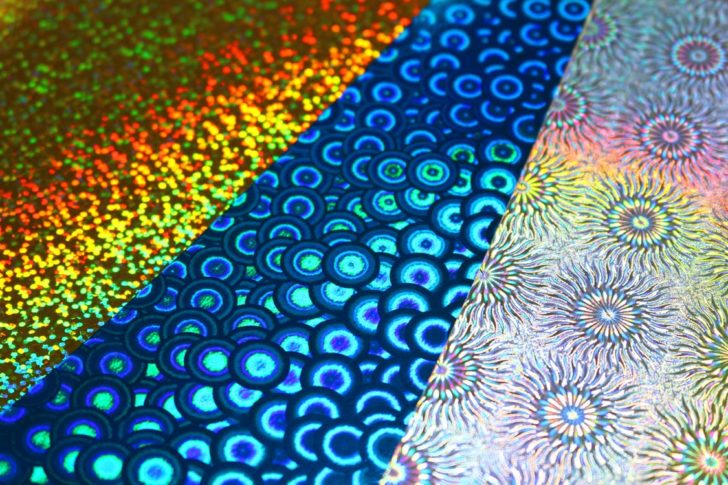Nanoparticle ink produces glowing holograms with simple inkjet printer

Researchers at ITMO University unveiled a new approach for printing luminescent structures based on nanoparticle ink. The unique optical properties of the ink were achieved by means of europium-doped zirconia. Particles of this material were proven to be useful for manufacturing glowing holographic coatings with a high degree of protection. Importantly, the developed approach enables the fabrication of custom holograms by means of a simple inkjet printer.
Inkjet printing with functional nanoparticles has been gaining a lot of traction in recent years. Due to a number of advantages -- lack of toxicity, high refraction index and high quantum yield -- luminescent nanoparticles are finding more applications in the fields of photonics, theranostics and bioimaging; they are used to produce biosensors, visualize cancer cells and in security printing technology. But to implement lab-made solutions on a bigger scale, a number of steps need to be undertaken to ensure proper functionality and stability during long-term storage of holograms.
The new ink developed by the scientists from ITMO University possesses characteristics that address precisely these issues. In a series of experiments the material was used for printing monolayers of luminescent-protected holograms and anti-counterfeiting objects with high stability and durability.
"Europium-doped zirconium dioxide is a material that has been studied and used by researchers all over the world for decades. However, our research is novel in that it uses the material to protect the surface of rainbow holograms. To this end, we had to achieve certain features in the material. In particular, the nanoparticles contained in the ink must be close to identical in size. Strict requirements are also imposed by rheological parameters that determine the viscosity of the material -- otherwise, the ink might not be suitable for inkjet printing. Our goal was to transform a material that was initially synthesized in a test tube into a stable colloid that could be printed and applied to any surface. Our study describes the exact process of creating such functional ink," -- comments Alexandr Vinogradov, co-author of the research and head of ITMO University's Biochemistry Cluster.
This is far from being the first research into inkjet printing of luminescent optical nanostructures that has been done at ITMO University. The study builds on previous work conducted as part of a bigger project funded by the Russian Science Foundation.
Earlier, the scientists developed the world's first method of printing holographic images using an inkjet printer. Back then, the team used ink based on titanium dioxide. One of the most promising applications for the new ink is in the field of security printing -- such as polygraphic manufacture of bills, bonds and documents. Unlike existing technologies, the new method makes it possible to create varied individual holograms on industrial scale, for instance, a specific pattern or a number sequence on a document that requires protection.
The authors note that the product is ready for practical application. The ink is compatible with currently-existing printhead types and can be used with existing manufacturing capabilities.
Source: Nanowerk News
Source image: pexels